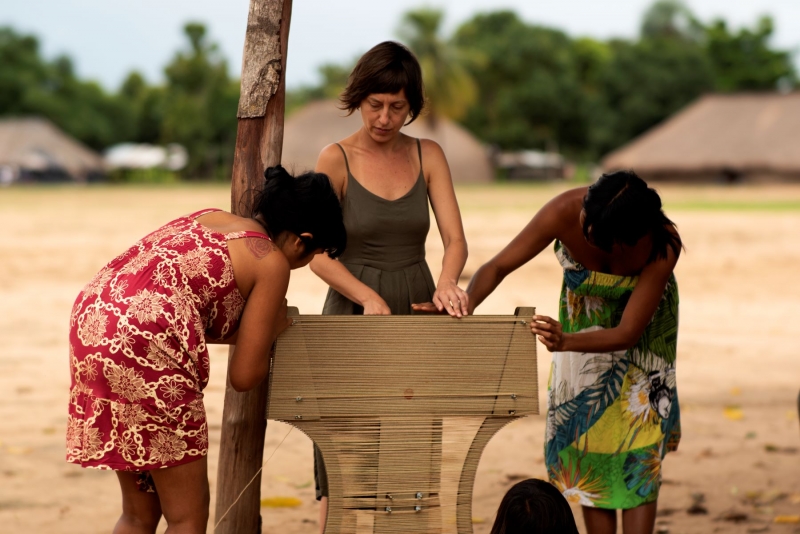MADE reaches its 11th edition extolling design art and paying homage to Paulo Mendes da Rocha
Traditional in the national design calendar, MADE – Mercado, Arte e Design reaches its 11th edition in 2023. For the second consecutive year, the exhibition will be held in the new Complexo Pacaembú, from June 1st to 4th, concurrently with ArPa, a trade fair in art.
This year, more than 50 designers will participate in the exhibition, presenting projects and products made with the most varied raw materials, from wood to glass, from ceramics to natural fiber. The curatorship, signed by Waldick Jatobá and Bruno Simões, MADE partners along with Elcio Gozzo, brings newcomers to the show, such as the renowned Estúdio Campana, in addition to Andreas Anwander, Ateliê Chico Margarita, Estúdio Fabiano Salbego, Studio Simbiose, Marcenaria Takahashi, OBJ Studio, among others.
Among the veterans at the exhibition will be present names such as: am.o atelier, Arc Esthetic, Estúdio Carol Gay, Estúdio Dentro, Molu Design, Papelaria, Philipe Fonseca, Suka Braga, Tiie Design, Vinicius Siega.
The scenography, which makes reference to the earth element, is signed by Bruno Simões and will mark the exhibition route from the use of fluid materials such as cardboard and fabrics of earthy tones. “We kept the intimate format of the last edition, but limited the number of professionals to make people more comfortable to delve deeper into the work developed behind each work”, says Waldick Jatobá, partner and one of the curators of MADE, in a note.
Homage
One of the biggest names in national design and architecture, Paulo Mendes da Rocha, who died in 2022, will be honored at the 11th edition of MADE through the Paulistano Xingu project.

Started in 2019 by Naná Mendes da Rocha, daughter of the professional, it will be presented to the public during the days of the fair as the result of a design investigation that aimed to fulfill Rocha’s initial desire when he conceived the Paulistano Chair, one of the iconic pieces with his signature: using fabric covers with natural fibers produced by the indigenous people. In this case, through the Kamayura village, located in the Alto Xingu, crafted by artists Itsaru Kamayura, Kaiti Kamayura, Mamalu Kamayura, Yakwakalu Kamayura and Yakmairu Kamayura with buriti fiber.
“Considering my father’s desire in the original project to create a cover for the Paulistano chair in partnership with indigenous people, we wanted to test the possibility with them. Chief Kotok Kamayura was excited by the idea and we plotted this project together, which took more than four years to complete and will finally be presented to the public”, explains Naná, also in a note.
During the exhibition days, five chairs with covers woven by different people will be on display, each one carrying the collective process, part of its culture, and even more the uniqueness of who crafted them.
